Menu
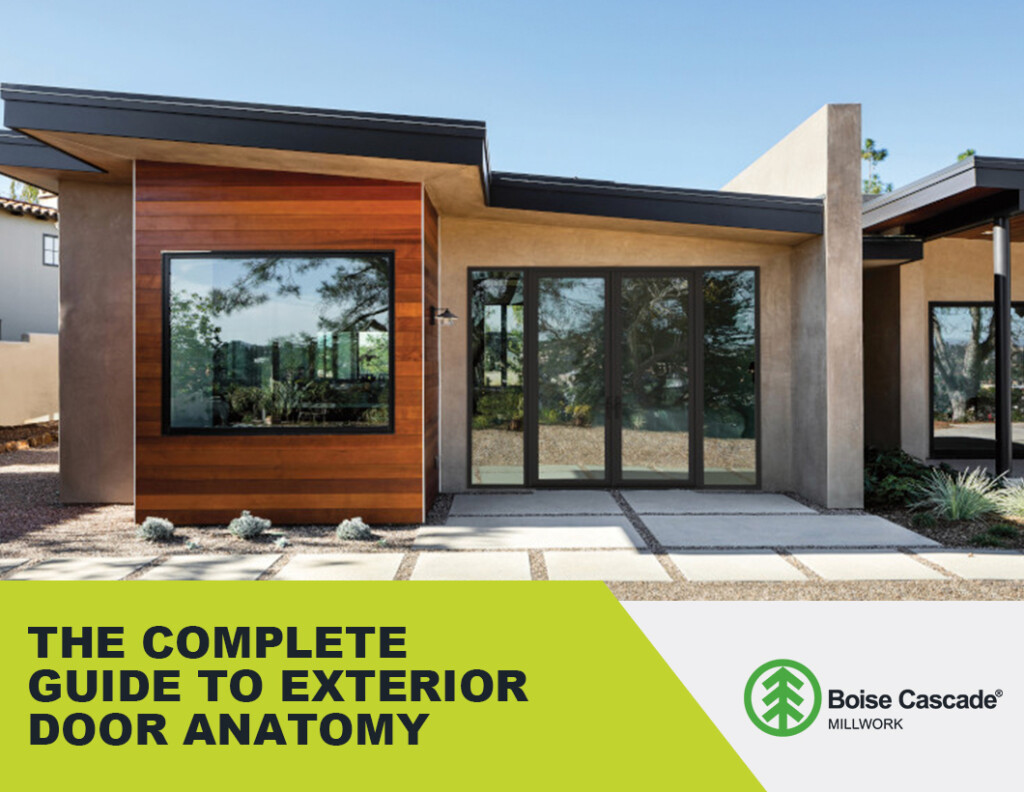

For contractors and builders, knowing the full breakdown of exterior door components is essential. The entry door isn’t just an aesthetic feature—it’s a system of integrated door parts designed for security, durability, energy efficiency, and curb appeal. Too often, homeowners assume “a door is just a door,” but you know every piece of the door anatomy plays a role in long-term performance.
This guide walks through each element of a complete door unit breakdown, from the slab to the seals, so you can specify, install, and maintain doors that meet the highest standards.
The door slab is the most visible and functional portion of the system. Options include:
Panel designs range from flush panels to raised or double-hip raised panels, giving flexibility in both performance and style.
Key vertical and horizontal door parts include:
Door slabs are also defined by lite configurations: ¼, ⅓, ¾, or full-glass inserts. Builders can choose factory-stained, factory-painted, or unfinished options depending on project needs.
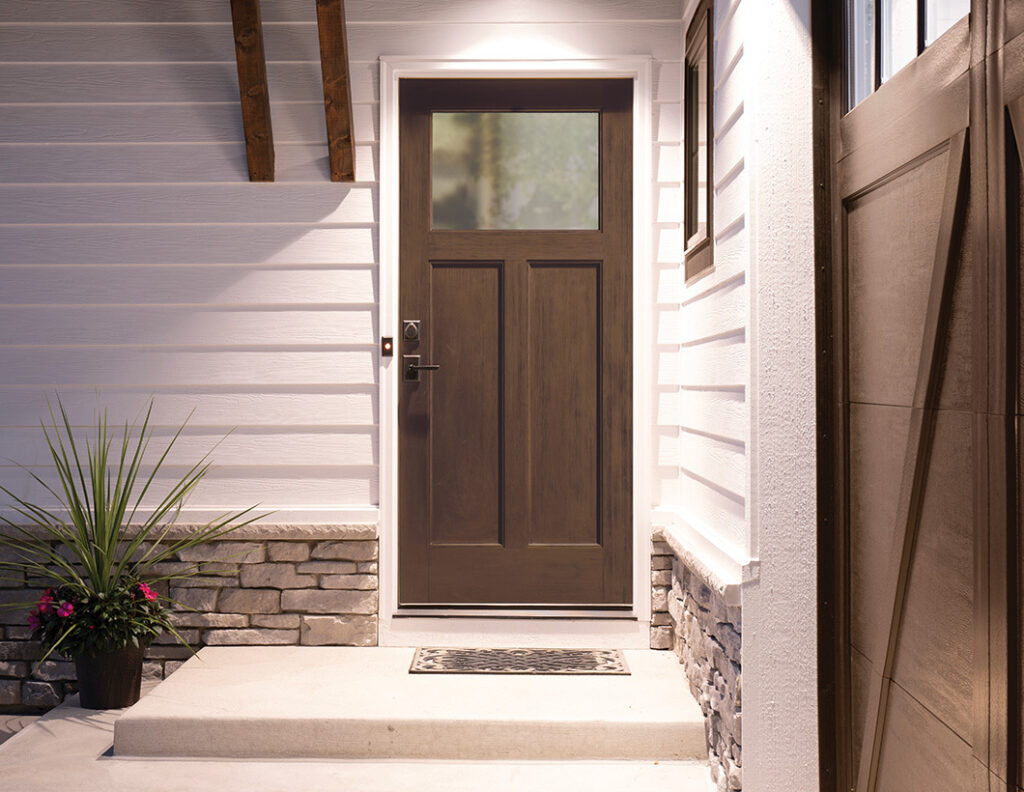
The frame provides structural integrity, ensuring the door operates properly under load and weather conditions. Core exterior door components include:
Frames can be built from wood, composite, or aluminum-clad materials. Composite and aluminum options provide superior weather resistance with lower maintenance.
Builders also must consider installation type:
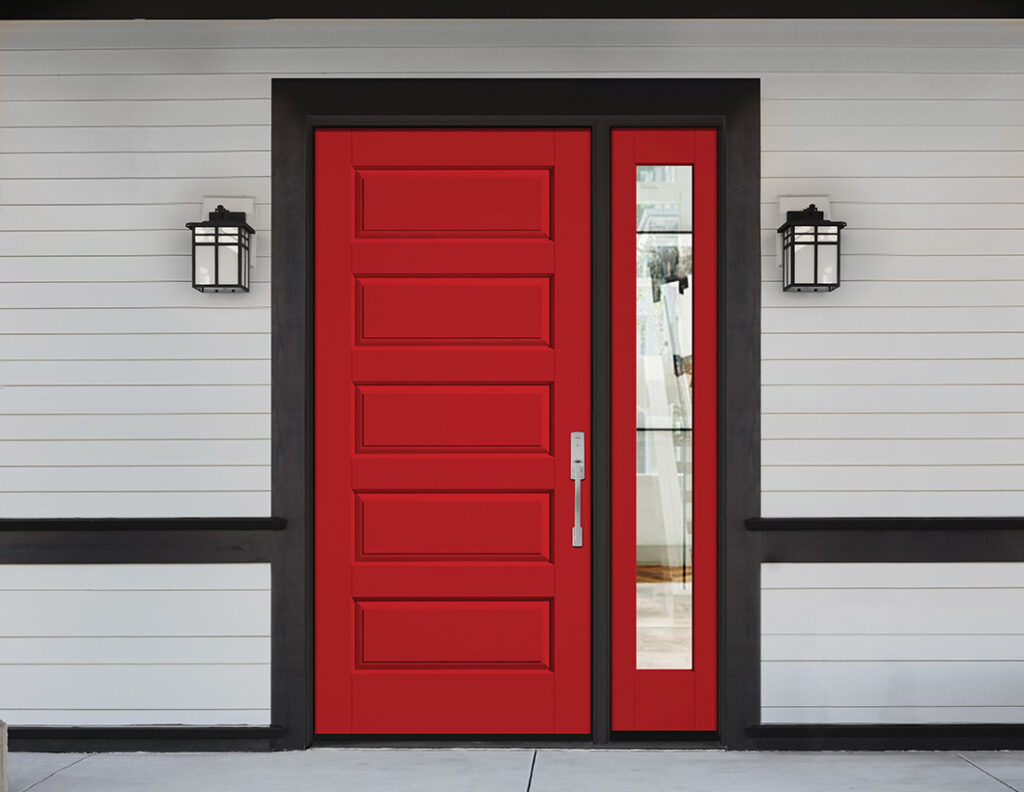
Door hardware is more than just a finishing touch—it’s critical to both usability and safety.
Optional upgrades such as smart locks, keypad entry, or biometric systems provide higher security and homeowner convenience.
Beyond structure and hardware, an exterior door’s performance depends on its seals and enhancements.
Each of these door anatomy elements contributes to energy performance, weather resistance, and design impact.
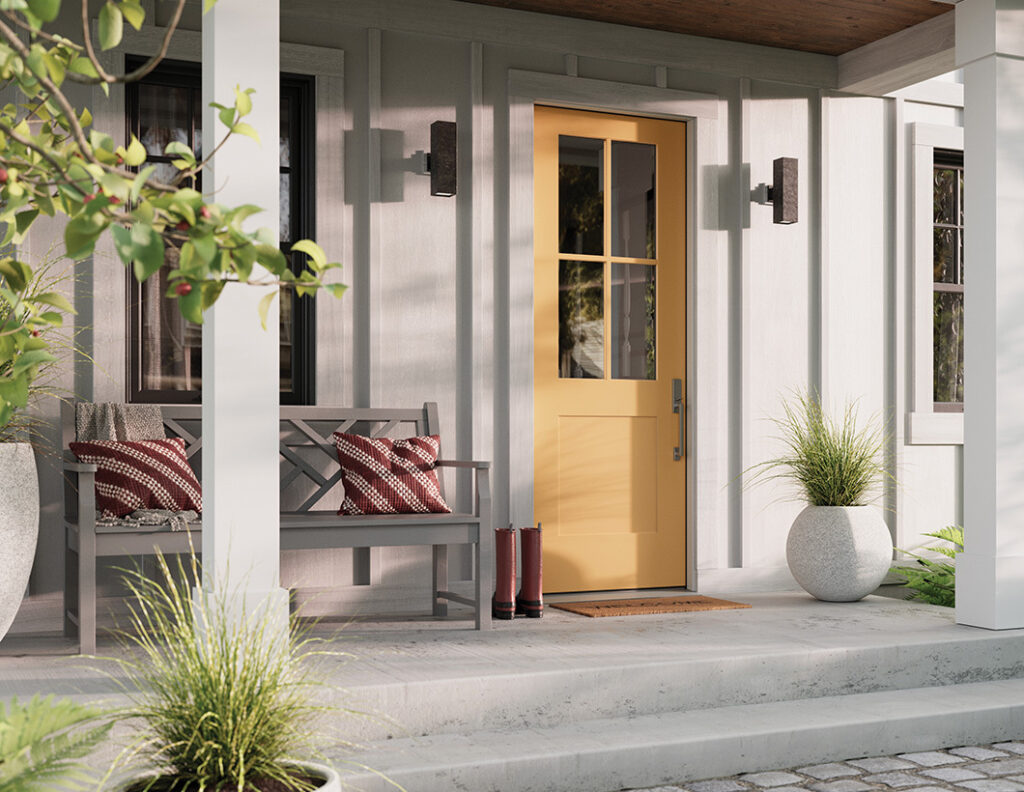
A properly installed exterior door is a carefully engineered system. From the door slab to the frame, hardware, and seals, each component influences the door’s security, energy efficiency, and visual appeal. Contractors and builders who understand the full door unit breakdown can deliver long-lasting value, reduce callbacks, and provide clients with doors that perform as well as they look.
When specifying or sourcing your next project’s exterior doors, rely on Boise Cascade Millwork for quality solutions that balance performance with style.
Explore the full range at https://millwork.bc.com
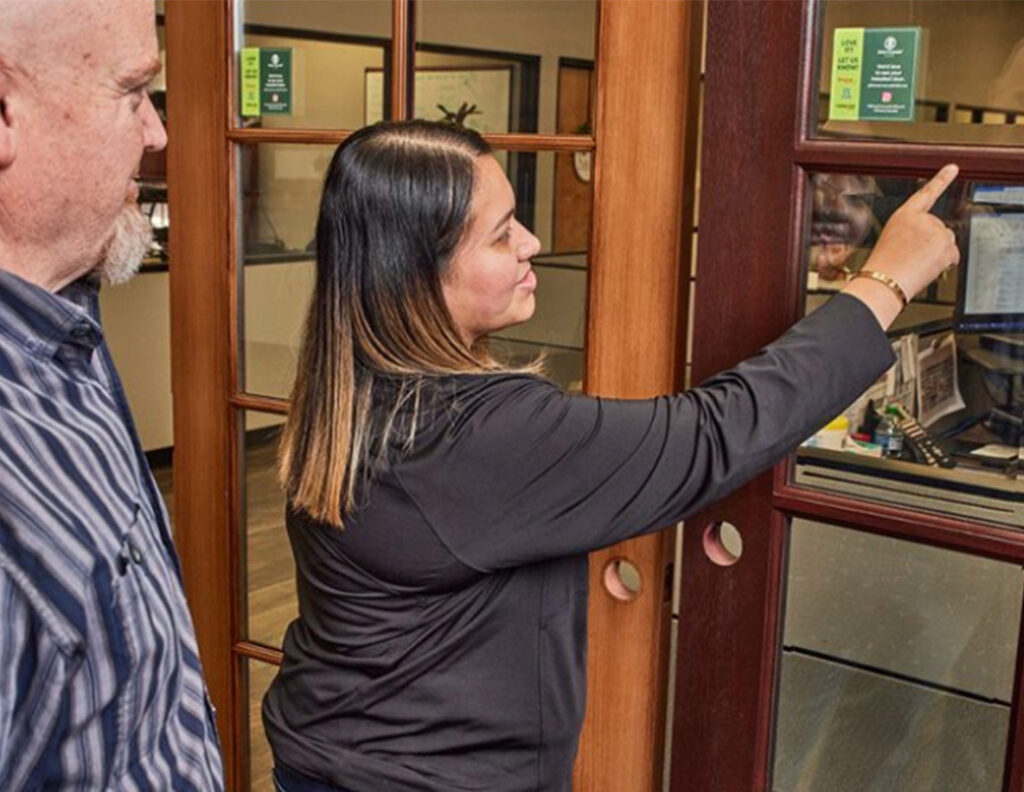
An exterior door typically includes the door slab, frame, hardware, and seals. Together, these parts create a system that provides security, weather resistance, and energy efficiency.
A pre-hung door comes with the frame, hinges, and hardware pre-assembled, making installation faster and more precise. A slab door is just the door itself and is used when replacing an existing door within an existing frame.
Fiberglass doors are often preferred for their strength, low maintenance, and resistance to warping or rotting. However, steel provides superior security, while solid wood offers unmatched natural beauty.
Weatherstripping seals gaps between the door slab and frame, preventing air leaks, drafts, and moisture intrusion. It’s essential for maintaining interior comfort and energy efficiency.
Sidelites and transoms bring in natural light and improve curb appeal. They can be paired with decorative or privacy glass to match the home’s architectural style.
Knowing each door component’s function helps ensure correct specification, installation, and long-term performance. This reduces callbacks, improves efficiency, and guarantees customer satisfaction.
